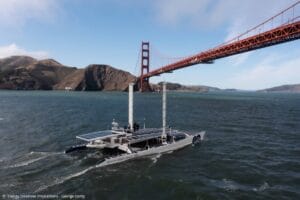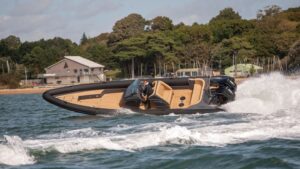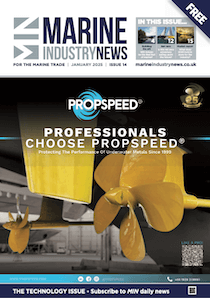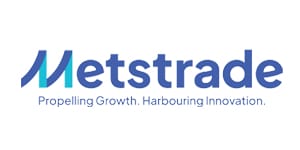Underwater vacuum sucks up microplastics on test in Mallorcan marina
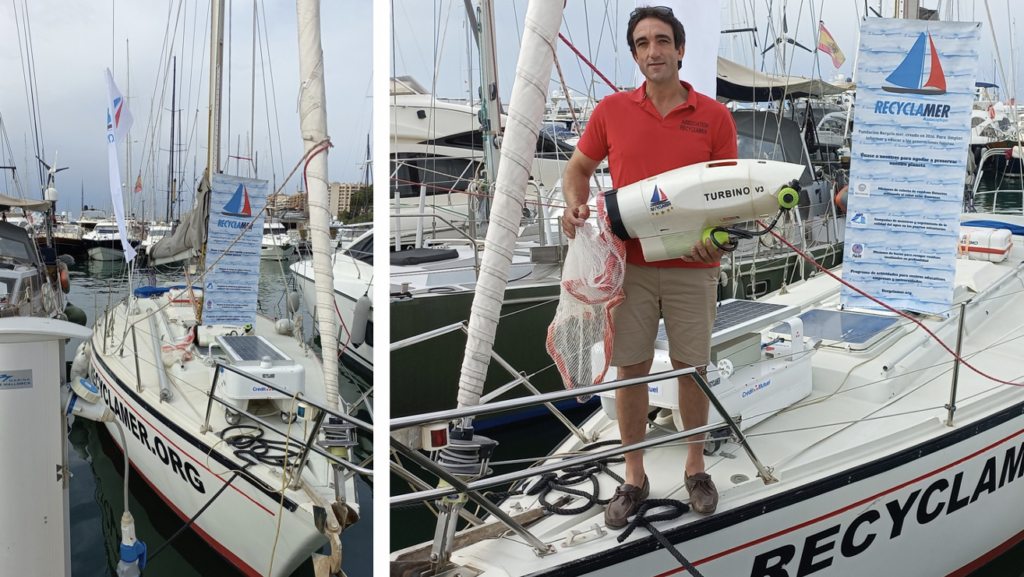
Marina Port de Mallorca in Spain is testing the Turbino, a new underwater vacuum system that sucks up plastics found on the seabed.
The Recyclamer Association, which developed the underwater vacuum system for microplastics and other waster, is carrying out tests of the Turbino at Marina Port de Mallorca.
The Turbino system trawls the seabed vacuuming up plastics found deep below the surface. Marina Port de Mallorca is the first marina to trial the Turbino, having supported this initiative since last May.
The association, together with its founder Alan D’Alfonso Peral, has berthed its boat Red Snapper at Marina Port de Mallorca to undertake a series of activities, with an ultimate view to restoring marine ecosystems and fighting pollution.
Over 30 days, the team of researchers and volunteers have taken water samples at various points in the Port of Palma.
Floating waste was collected and classified by the Geneseas, a vacuum robot created by Recyclamer, with Marina Port de Mallorca and Marina Ibiza, also a member of the IPM-IMG Group. This marine robot crosses the water surface collecting waste, microplastics and hydrocarbons. It also has a real time control and monitoring system for water quality, monitoring parameters such as pH, temperature, conductivity, dissolved oxygen, and redox, among other data.
According to D’Alfonso, inventor of both devices: “The seventh continent — a huge waste patch floating around the Pacific Ocean — accounts for one per cent of the plastics in the sea, yet 24 per cent are found on the coast, and the remaining 75 per cent lie on the seabed”.
As a result, he believes that one of the most important actions is to raise awareness and educate people so that plastics stop reaching the sea, while also innovating and investing into new technologies to remove everything that doesn’t belong to the sea.
To find out the sources of marine pollution and how to prevent it, the team monitors water quality and marine ecosystems over time to analyse their evolution. This makes it possible to evaluate the impact of human activities and pinpoint possible sources of contamination.

